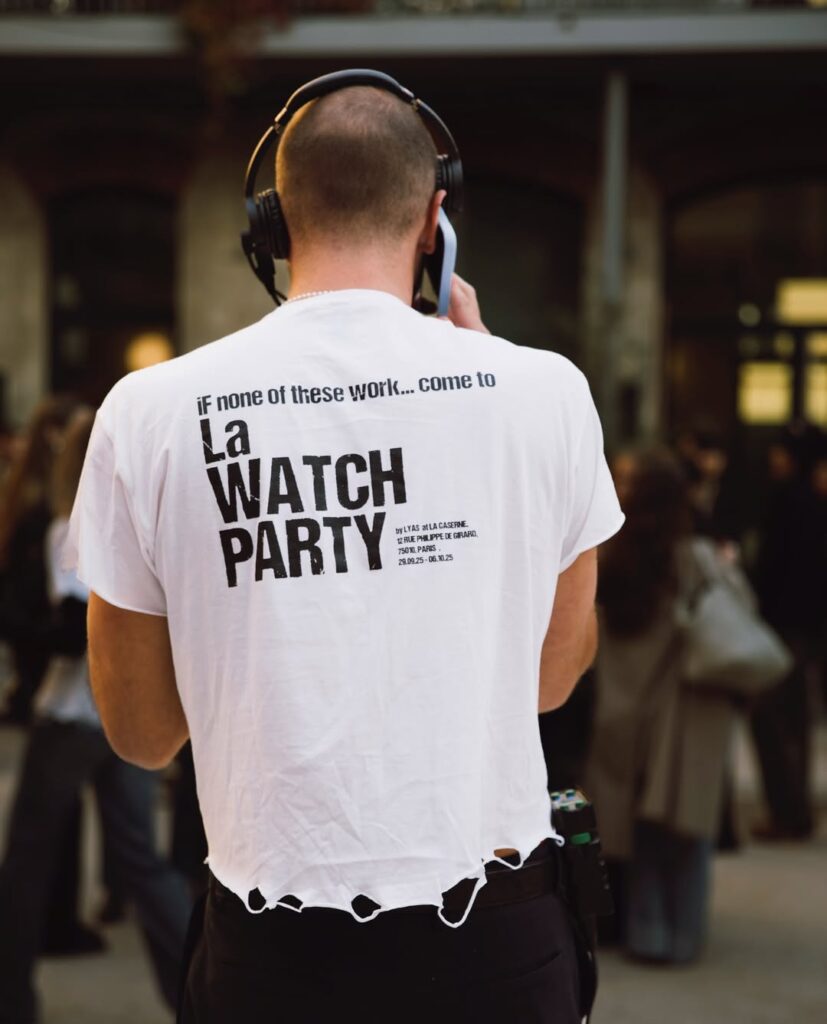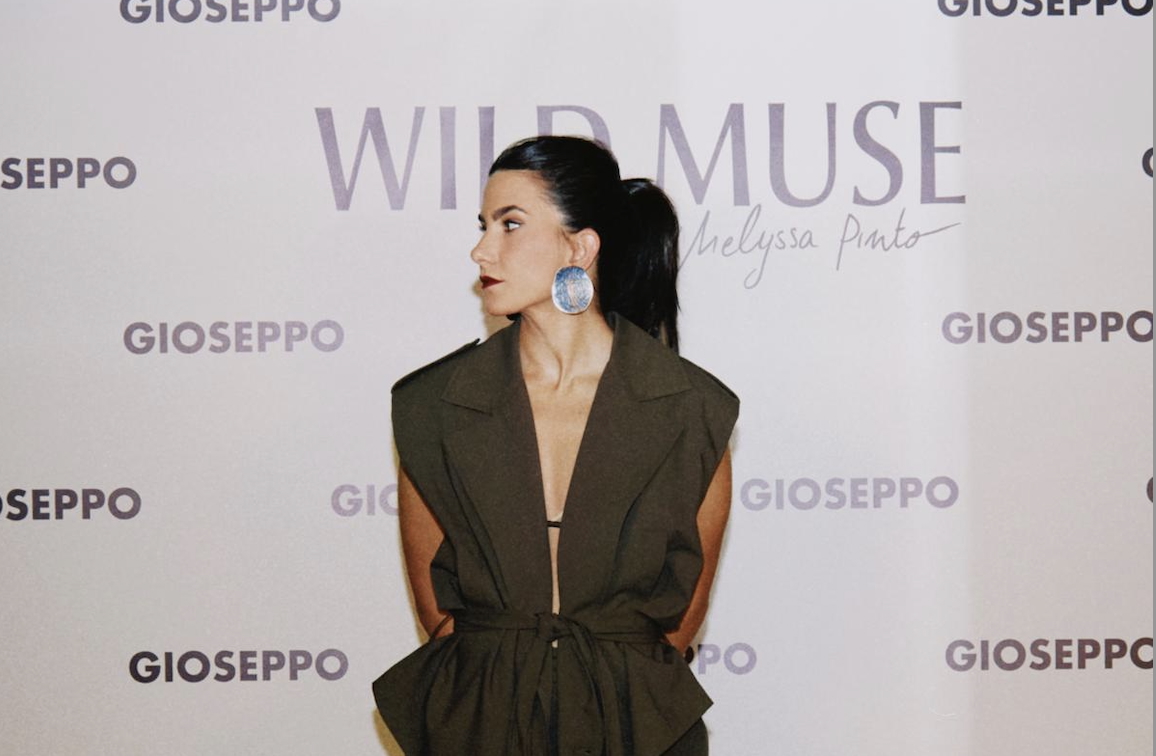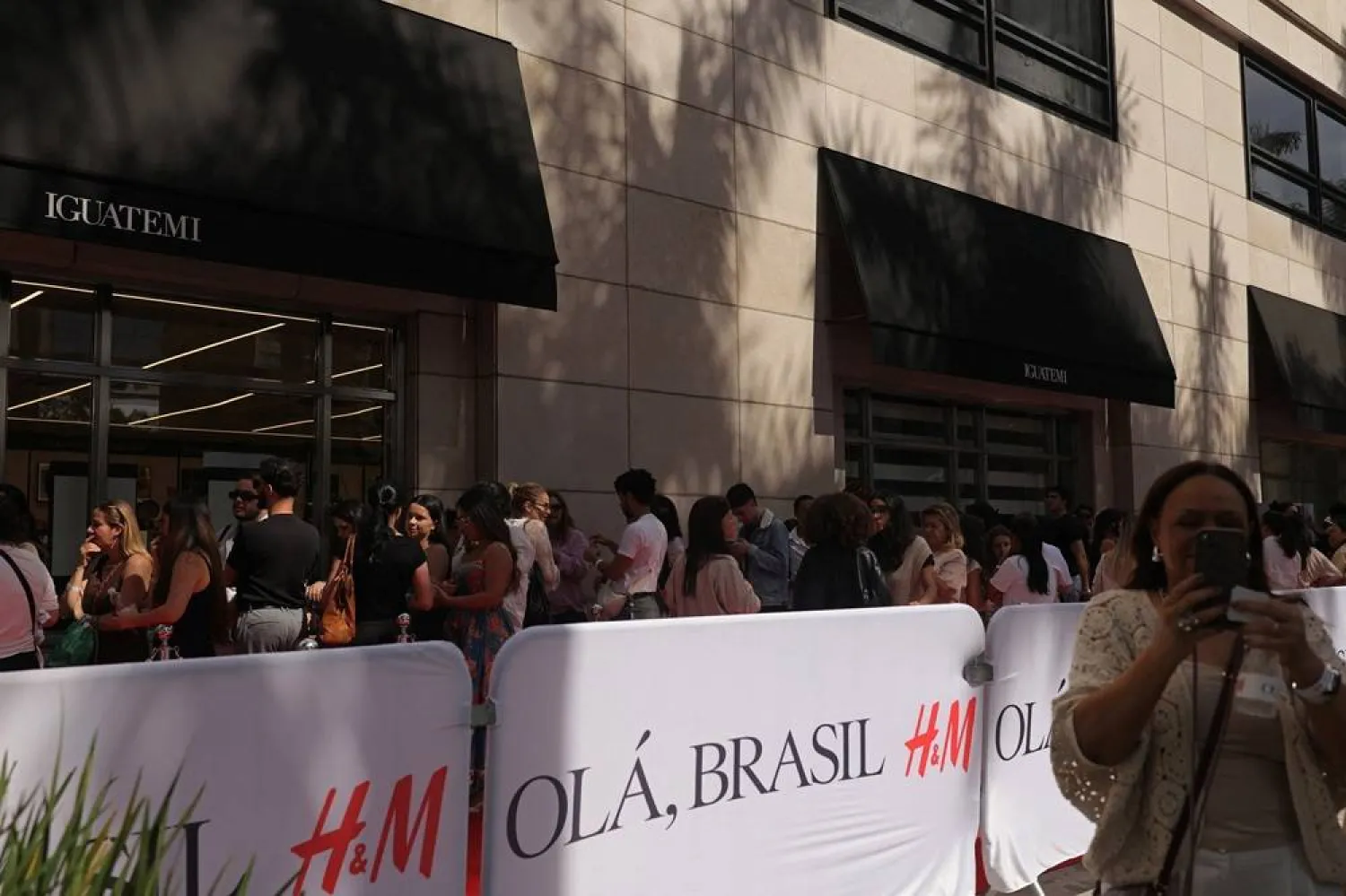
Image credit Lyas
It’s a warm evening in Paris. The Dior SS26 menswear show is about to start, but the energy isn’t just inside the venue. A few streets away, hundreds of students, stylists, and fashion lovers are gathered at Le Saint Denis, a local bar turned makeshift screening room. Drinks in hand, phones out, eyes locked on a livestream projected on a wall.
They’re not guests of the brand. They’re guests of Lyas (@ly.as), a fashion critic and TikTok creator who decided to stream the show publicly after not being invited. The event, announced just days before on social media, drew an unexpected crowd that spilled into the street. For a few hours, the bar became the new front row.
View this post on Instagram
A Shift from Invitation to Inclusion
Lyas’ La WATCHPARTY started as a reaction and became a revelation.
It challenged the unwritten rule that fashion is only for those who get inside. What began as a spontaneous livestream is now a series of organized events. London with the British Fashion Council, Milan with Meta x Whoopsee, and Paris as the grand finale, where up to a thousand people gather daily.
The idea taps into something bigger than one viral moment. For years, fashion week has been both a spectacle and a symbol of access, power, and insider privilege.
As digital culture matures, audiences are no longer content to watch from the sidelines. They want to belong, participate, and experience fashion collectively.
This evolution mirrors what’s happening across culture. From music listening parties to live game streams, participation has replaced spectatorship. The value isn’t in being seen but in seeing together.
Fashion’s New Middle Ground
Fashion week was once an industry-only event. Then came livestreams, which opened the doors digitally. Now, watch parties are building a bridge between those two worlds. They merge digital access with physical connection, allowing people to experience fashion in real time, together.
The crowd at La WATCHPARTY isn’t just watching. They’re reacting, debating, documenting. The space becomes a living forum where criticism and celebration happen simultaneously. This type of shared engagement, often spontaneous and unfiltered, creates a feedback loop that brands can’t control, but can learn from.
Fashion, for all its luxury polish, depends on energy and community.
These gatherings remind us that culture doesn’t live in invitations or press releases. It lives in participation.
What It Means for Brands
For brands, this signals a new era of audience behavior.
The next generation of fashion consumers doesn’t want to consume from a distance. They want proximity, not to people, but to purpose. Watch parties, community screenings, and cultural linkups are replacing traditional touchpoints like pop-ups or static retail moments.
Brands that understand this shift will move from exclusivity to engagement ecosystems: designing experiences that feel open, real, and alive. This doesn’t mean diluting prestige. It means expanding what prestige looks like.
Fashion has always been a performance. But now, the audience is part of the act.
Beyond the Moment
Lyas’ success with La WATCHPARTY isn’t just a viral story. It’s a reflection of a generational pivot from ownership of access to ownership of meaning. The people outside the venue are no longer waiting for permission. They’re creating new rituals around fashion, community, and belonging.
And when a bar in Paris can draw more emotion than a runway show, it’s clear that the center of gravity has shifted. Fashion’s future won’t just be watched. It will be shared.



